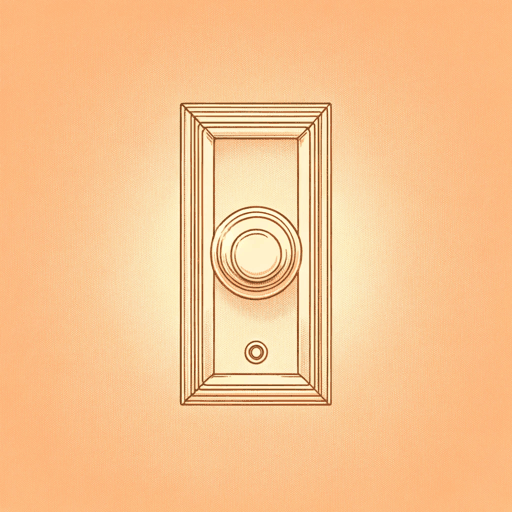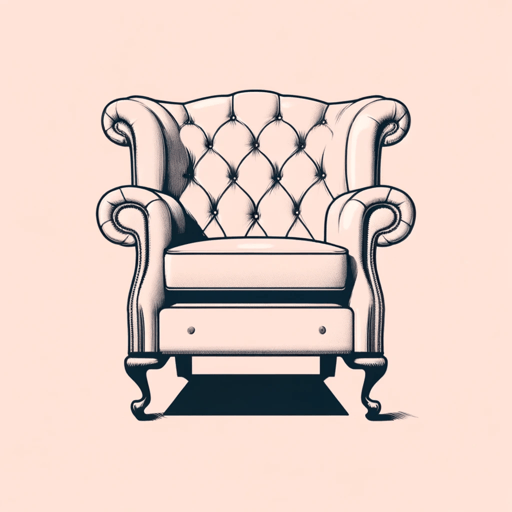38 pages • 1 hour read
Eugène IonescoThe Lesson
Fiction | Play | Adult | Published in 1951A modern alternative to SparkNotes and CliffsNotes, SuperSummary offers high-quality Study Guides with detailed chapter summaries and analysis of major themes, characters, and more.
Symbols & Motifs
The Knife
The knife, which the stage directions state can either be a real prop or imaginary, depending on the director’s choice, is a phallus. The moment he stabs her is an act of penetration, followed by a slashing, and “a noticeable convulsion shakes his whole body” (75). Panting, he mumbles, “Bitch…Oh, that’s good, that does me good…Ah! Ah! I’m exhausted…” (75). Her body is left flopped in a chair with her legs spread apart. It is intensely psychosexual, a rape that is presented as pure violence. This act of rape/murder, which has occurred 40 times, always reaches completion with the knife, which is why Marie refuses to help him find it. He searches for “the Spanish, neo-Spanish, Portuguese, French, Oriental, Romanian, Sardanapali, Latin and Spanish knives” (72), but he finds one knife, asserting, “[W]e’re going to try and make it serve for all the languages anyway!” (73) He forces her to pronounce “knife” over and over, as if each pronunciation of the same word is from a different language. He has narrowed her education from a total doctorate to a partial doctorate to the knife. The knife is imaginary, made of academic discourse. Alternately, it is academic discourse made real.
Related Titles
By Eugène Ionesco



